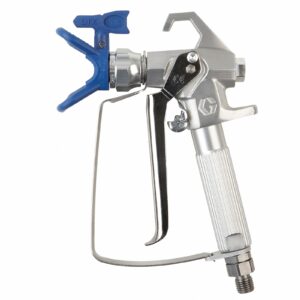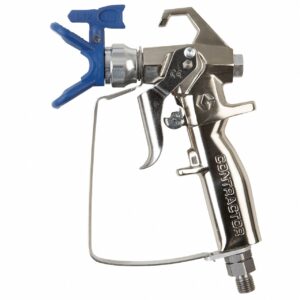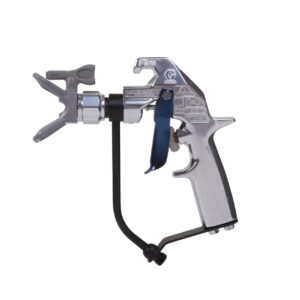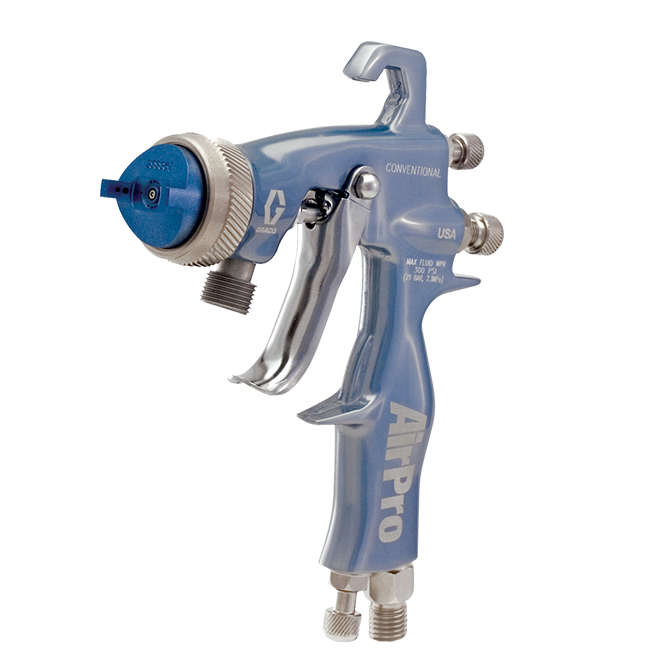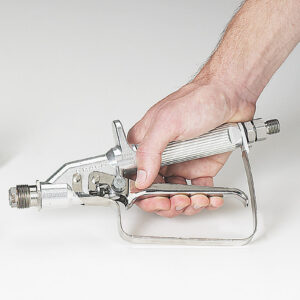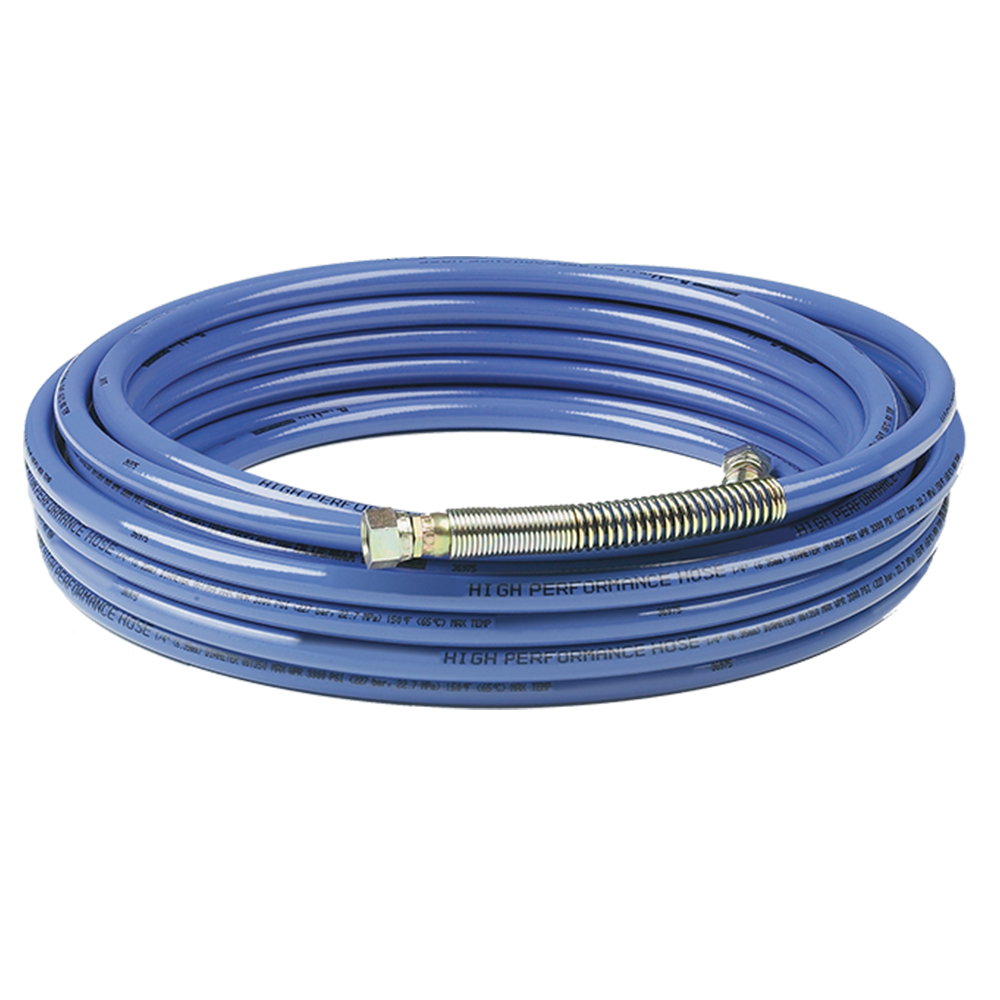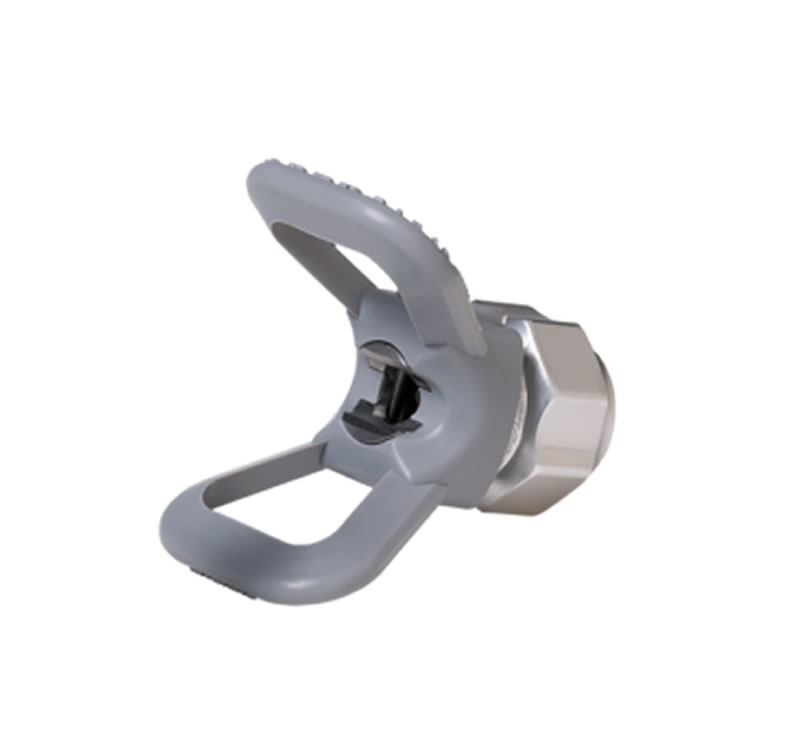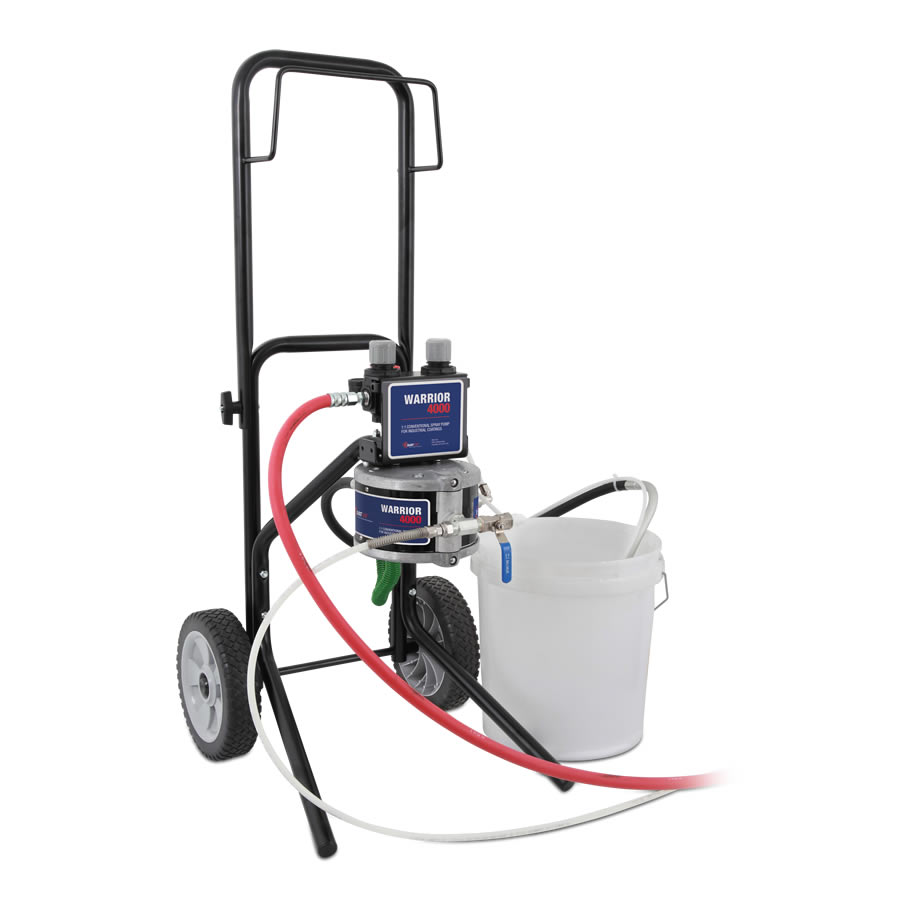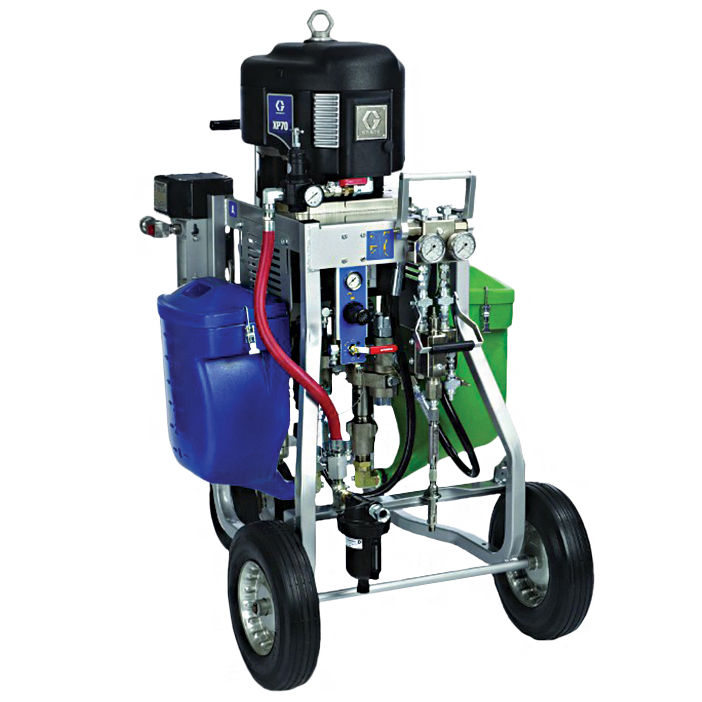Spray finishing provides an evenness of finish that isn’t achievable with other coating application equipment. Spray finishing also allows coatings to be applied in volume and at speed. Broadly speaking, there are two technologies used in spray finishing – air spray and airless spray.
Air spray uses a pressure source to create a flow of paint, and atomizes it using aa jet of compressed air (break the stream of coating into fine droplets). Air spray provides a premium finish at lower pressures then airless.
Airless spray uses a piston pump (either electric or pneumatic) to transport and atomize the coating (can be either electric , pneumatic or gas powered). Airless spray provides higher volume and pressure (necessary to atomize heavy industrial coatings).
Further variants are available for both these types of spray technology -for air spray, high volume low pressure (HVLP) and compliant (these technologies reduce the amount of coating that disappears in over-spray); for airless spray, air-assisted air (supplies a small amount of air to the front of the gun to further atomize the coating for an improved finish) and electrostatic (applies an electric charge to the coating and the object being painted for reduced over-spray and better wrap around tube and rod type sections).
Common issues with spray guns
Spray guns are a complex assembly of parts and need to be handled with care. Added to this is the fact that many coatings are very aggressive on hoses pumps and guns. Shut down procedures must always include clean and flushing. Coating left inside the gun will set, rendering it useless. Air spray guns require regular lubrication to keep the moving parts moving. Equipment rebuilds are best carried out in a workshop, a gun rebuild performed on the back of a pick-up risks dropping that vital spring into the dirt. Using a spry gun also carries with it a risk of injection hazards. An injection hazard is where a spray coating system component fails and pant and solvent are injected into the operators body tissue and bloodstream. This is a greater risk with the higher pressures involved in airless spraying. Injection injuries can necessitate the need of amputation (paint or solvent injection acts very quickly and the damage is irreversible) of the affected part of the body or even death of the victim. To protect against this, keep your maintenance up to date – bulging lines need replacing immediately, leaking components need investigation.
Important considerations when choosing the right spray gun
The prime question to be asked when choosing a spray gun is “what is required to atomize the coating?” The whole purpose of a spray gun is to convert a stream of liquid into millions of little drops of material. Incorrectly atomized coating is a fail.
The second question is “what volume of coating do I want to apply?” Generally speaking, airless spray systems provide higher volumes of application.
The third question is “what finish do I require?” If a glossy automotive type finish is required, an air-spray gun will provide this best.
 My Account
My Account


